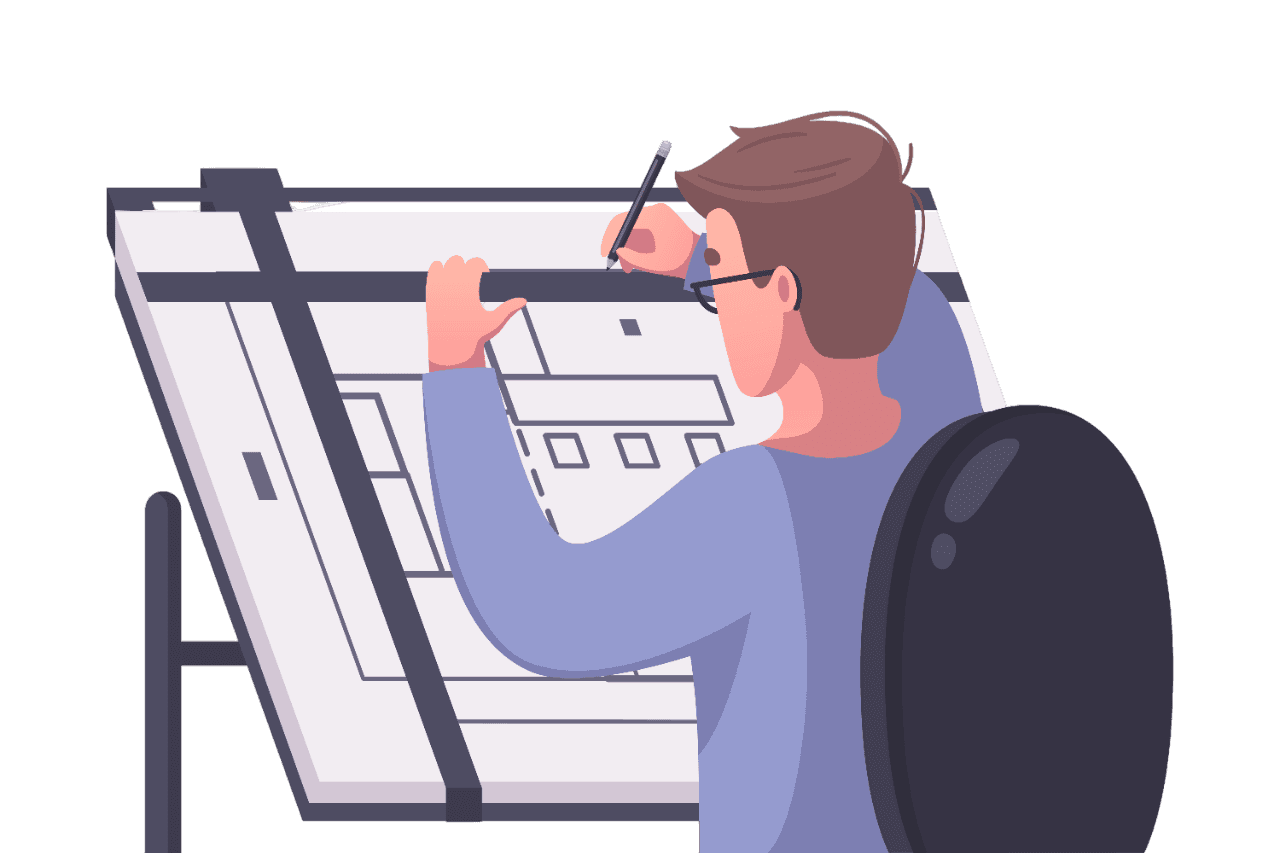Planning & Architecture — Turning Vision into Technical Clarity
Once I’ve gathered and refined all the insights during the Requirement Analysis phase, the next step is to bring that clarity to life — through Planning & Architecture. This is where ideas start taking shape. I translate every goal, every user story, and every business requirement into a clear, structured technical roadmap that defines exactly how the product will be built, how it will scale, and how it will perform under real-world conditions.
From Strategy to Structure
At this stage, my focus shifts from “what we’re building” to “how we’ll build it.” I start by laying out the project structure — the frontend architecture, the backend services, and the way both sides will communicate. The goal is to ensure every layer — from UI to database — works in harmony.
I choose the tech stack deliberately, based on scalability, speed, and project goals. Whether that means a Next.js frontend for fast rendering and SEO, a Node.js + Express backend for flexible APIs, or a MongoDB / PostgreSQL database for performance and reliability — every choice is intentional. I don’t just pick trendy tools; I design systems that can grow with your business.
Designing the System Architecture
I start with a clear architecture diagram that outlines how each module, service, and data flow connects. This includes everything from how authentication is handled, to how APIs interact, to how the frontend consumes data efficiently. I also define component hierarchies that make the codebase modular, maintainable, and easy to extend over time.
Database planning is one of my favorite parts of this stage. I design database schemas that reflect real-world relationships, ensuring data consistency, security, and performance. I use ER diagrams to map entities, relationships, and queries, making sure the structure supports both the MVP and future feature expansions.
Creating API and Integration Blueprints
Once the database structure is ready, I move to defining API endpoints and data exchange formats. This includes writing API documentation, setting up routes, and structuring controllers in a way that’s both efficient and predictable. I decide early whether REST or GraphQL makes more sense — based on how dynamic the data is and how much control the client side needs over queries.
This step also involves planning integrations with external services — payment gateways, AI tools, or third-party APIs. I carefully plan these touchpoints to ensure smooth, secure, and consistent data flow across every part of the system.
Performance, Security & Scalability Considerations
Every architecture decision has long-term consequences. That’s why I plan for performance and scalability right from the start. I define caching layers, CDN usage, image optimization pipelines, and server-side rendering strategies to make sure the app loads fast and performs flawlessly under high traffic.
On the backend side, I focus on security and infrastructure stability — implementing best practices like input validation, rate limiting, JWT authentication, HTTPS enforcement, and environment-based configurations. This not only protects data but keeps the entire system resilient and future-proof.
Component Hierarchy and Reusability
In frontend architecture, I pay special attention to component hierarchy. I build React and Next.js components that are reusable, isolated, and easy to maintain. Each component serves a single purpose and follows predictable patterns. I also establish consistent folder structures, naming conventions, and design systems that make collaboration and scaling effortless.
DevOps and Environment Planning
I also plan out environment configurations early — from local development to staging and production. I map out CI/CD pipelines, hosting strategies (like Vercel, AWS, or DigitalOcean), and deployment workflows that keep the process automated and smooth. My goal is always the same: zero manual chaos, maximum predictability.
I believe that a project’s success is 50% architecture and 50% execution. A clear, documented plan means fewer surprises during development and faster delivery overall.
Deliverables from the Planning & Architecture Phase
- Complete system architecture diagram (frontend + backend + database)
- Defined API routes, request/response structures, and integration plan
- Database schema design and data flow documentation
- Component hierarchy and naming conventions
- Environment setup plan (development, staging, production)
- Scalability, caching, and performance optimization strategy
- Security and data protection guidelines
My Personal Approach
I see Planning & Architecture as the bridge between imagination and execution. This is where creative ideas meet technical discipline. I like to think of it as “building the skeleton” of the project — everything that gives it structure, balance, and the ability to grow over time.
By the time this phase ends, I have a complete technical blueprint — a roadmap that not only guides the development process but also gives the client full visibility into how their idea will come to life. It’s precise, documented, and ready to move into implementation without confusion.
Great products aren’t built by chance. They’re engineered with foresight. For me, architecture isn’t just about code — it’s about clarity, scalability, and the confidence that what we’re building today will still perform beautifully years from now.
